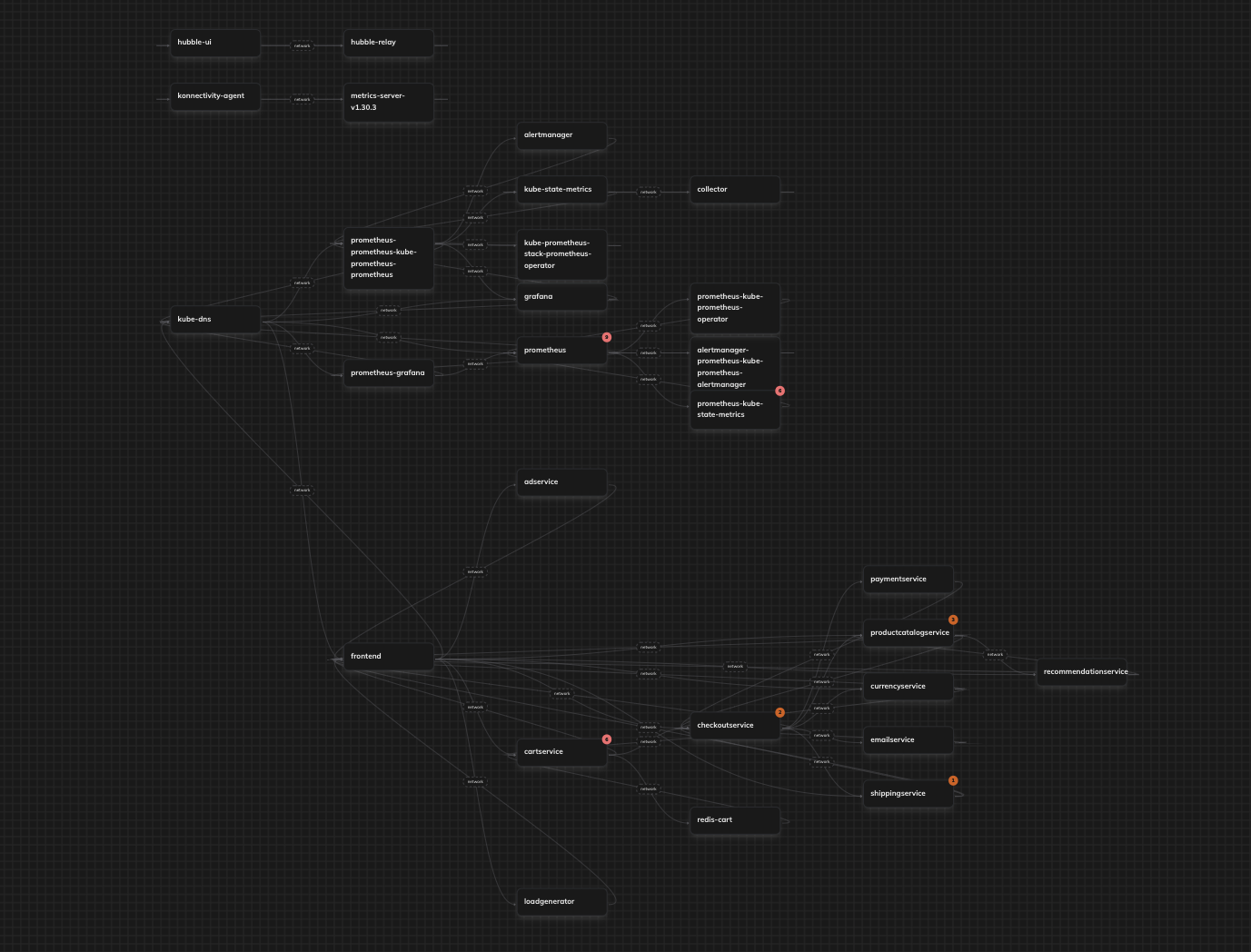---
apiVersion: v1
kind: ConfigMap
metadata:
name: hubble-relay-insecure-nginx
namespace: gke-managed-dpv2-observability
data:
nginx.conf: |
user nginx;
worker_processes auto;
error_log /dev/stdout notice;
pid /var/run/nginx.pid;
events {
worker_connections 1024;
}
http {
log_format main '$remote_addr - $remote_user [$time_local] "$request" '
'$status $body_bytes_sent "$http_referer" '
'"$http_user_agent" "$http_x_forwarded_for"';
access_log /dev/stdout main;
server {
listen 80;
http2 on;
location / {
grpc_pass grpcs://hubble-relay.gke-managed-dpv2-observability.svc.cluster.local:443;
grpc_ssl_certificate /etc/nginx/certs/client.crt;
grpc_ssl_certificate_key /etc/nginx/certs/client.key;
grpc_ssl_trusted_certificate /etc/nginx/certs/hubble-relay-ca.crt;
}
}
}
---
kind: Deployment
apiVersion: apps/v1
metadata:
name: hubble-relay-insecure
namespace: gke-managed-dpv2-observability
labels:
k8s-app: hubble-relay-insecure
app.kubernetes.io/name: hubble-relay-insecure
app.kubernetes.io/part-of: cilium
spec:
replicas: 1
selector:
matchLabels:
k8s-app: hubble-relay-insecure
template:
metadata:
labels:
k8s-app: hubble-relay-insecure
app.kubernetes.io/name: hubble-relay-insecure
app.kubernetes.io/part-of: cilium
spec:
securityContext:
fsGroup: 1000
seccompProfile:
type: RuntimeDefault
containers:
- name: frontend
image: nginx:alpine
ports:
- name: http
containerPort: 80
volumeMounts:
- name: hubble-relay-insecure-nginx-conf
mountPath: /etc/nginx/
readOnly: true
- name: hubble-relay-client-certs
mountPath: /etc/nginx/certs/
readOnly: true
volumes:
- configMap:
name: hubble-relay-insecure-nginx
name: hubble-relay-insecure-nginx-conf
- name: hubble-relay-client-certs
projected:
defaultMode: 0400
sources:
- secret:
name: hubble-relay-client-certs
items:
- key: ca.crt
path: hubble-relay-ca.crt
- key: tls.crt
path: client.crt
- key: tls.key
path: client.key
---
kind: Service
apiVersion: v1
metadata:
name: hubble-relay-insecure
namespace: gke-managed-dpv2-observability
labels:
k8s-app: hubble-relay-insecure
app.kubernetes.io/name: hubble-relay-insecure
app.kubernetes.io/part-of: cilium
spec:
type: ClusterIP
selector:
k8s-app: hubble-relay-insecure
ports:
- name: http
port: 80
targetPort: 80


